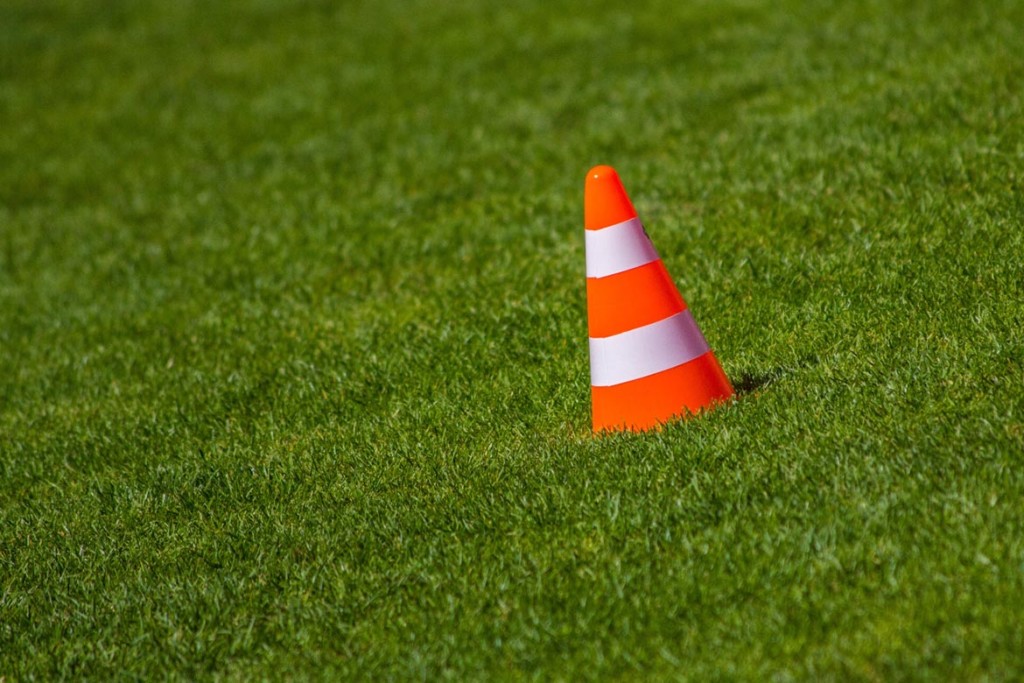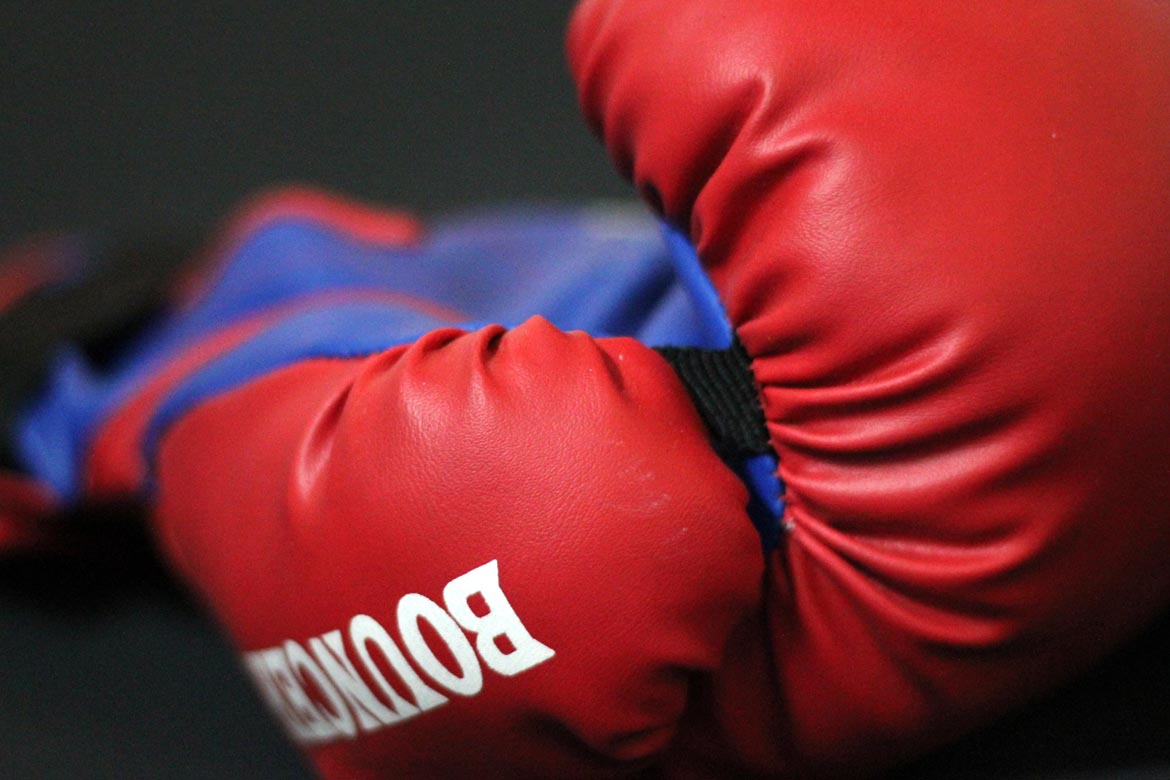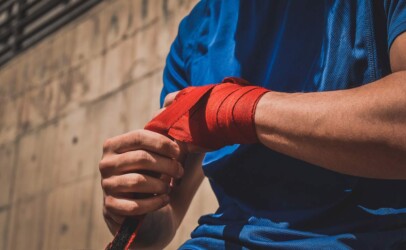In boxing, it is all about achieving gradual improvements, both in strength and conditioning but most importantly in boxing skills, which can be obtained through boxing training drills.
Boxing drill workouts exist to help you improve those skills in the sport in a systematic and structured way. They consist of exercises that are done over and over again, repeating everything until you master each move. But it does not stay there, boxing training drills invite the athlete to repeat the skills or group of skills with a critical eye.
The objective is to be as precise as possible to achieve technical accuracy. One of the body aspects you will train with boxing drills is your reflexes, since this is a discipline that depends pretty much on them. Instead of closing your eyes if someone throws a punch at you, you defend yourself with your eyes open and attack, for example.
Boxing combo drills also reinforce muscle memory which is why with practice every maneuver becomes more easy and natural. In the ring, there is no time to sit back, analyze calmly and then act, everything happens very fast and boxing training drills can make your moves not only effective but instinctive. According to My Boxing Coach, during a fight, actions “just happen” without putting any thought on them.
So, in other words, if you want to have better boxing skills, you need to focus on boxing training drills and make them the most important part of your practice time. Yes, you can include other sports for cross-training, or you can jump rope or go running, but boxing drills should be the main focus.
We have gathered a few different boxing drills for different purposes, especially if you are a beginner, you can check them out and try them on your next training session.
Boxing drills for speed
Some of the boxing drills you need to incorporate to your training are for developing more speed. By combining agility and speed you will obtain more punching power so, we will also give you specific boxing drills for more agility as well.
- The Extended Round
This drill is for endurance and for building stamina. The idea is that eventually, a three-minute round will feel “like a walk in the park” because you have enough power. “The same way a runner trains by covering much farther distances than are be needed for his competitive run,” is how Sports Rec describes it.
This website recommends you to punch the heavy bag at a high-intensity level for four-minute rounds and always maintaining a challenging intensity level. You should be left gasping for air at the end.
2. Weighted Shadow Boxing
Practice shadow boxing with weights so that when you are boxing without them you will feel as fast as the air. Begin by holding one to five-pound dumbbells in each hand and throw as many punching combinations as possible for three minutes. Repeat three times and a fourth time without the weights.

3. Weighted Glove Heavy Bag Rounds
Similar to the drill before, using weighted gloves will also increase your speed in boxing. Since boxing drills on punch bag with weights may damage it if you use dumbbells, use instead 16-ounce gloves and focus on jabs. Be careful not to hurt your wrists, so get informed first about how to avoid this before you start punching.
Once you are ready to go and are sure about how not to get injured, do this drill for three rounds at full effort and finish a fourth round with your regular boxing gloves (six to ten pounds).
4. Speed Bag Hundreds
Wrap your hands and head over to the speed bag. You will be alternating your hands left to right and hitting the bag until you reach 100. Do this drill four times straight and if you miss the bag start counting from one again.
5. Double-End Bag Training
The double-end bag will force you to throw a punch whether you feel like it or not since this piece of equipment is designed to make you punch in response once it is hit. This will work on your reflexes, making them faster and helping you develop instinctive responses and also punching speed.
Boxing agility drills
Agility is something else any boxer wants to have, and as we said above, the combination of this plus speed will result in more punching power. Agility drills will give the athlete the ability to adjust in a fraction of a second whatever they need to do during a match. Livestrong recommends the following drills for agility:
- Four Corner Drill
This drill will challenge the boxer to rapidly accelerate and decelerate in different directions. To do it, stand in the middle of a large room and place a cone 20 feet ahead of you, 20 feet behind you and 20 feet away from you on each side. A partner should shout “front, back, left, right” and you need to run as fast as you can in that direction. Touch the cone with your hand before changing directions. Do this for 30 to 60 seconds.

2. Ladder In and Outs
Use an agility ladder, or draw one with chalk on the ground if you do not have one and stand facing it with the long portion to your left. Livestrong then recommends the following drill:
“Begin by stepping into a rung with your left foot and then repeating the motion in the same rung with your right. Next, step outside the ladder starting with your left and then your right foot. Continue the pattern as you move towards the other end of the ladder. When your partner claps, reverse the direction and step into the rungs leading in and out with your right foot. Have your teammate continue to clap intermittently as you perform the drill for a minute.”
3. Clock Drill
Here, you will need 12 cones placed into position around you forming a circular shape like the hours on a clock. Then, assume a fighting stance, shuffle forward in between two cones and practice jabbing an opponent, then go back to the center of the circle. When a partner yells switch, alternate directions around the circle for 60 seconds.
4. Ladder Shuffle
This exercise will help you work on lateral movements while also targeting stability muscles in the legs that will help you maintain your balance after hitting or throwing a punch. You can stand on the short end of the agility ladder and assume a squat position. Then, shuffle step to your left into the first rung of the ladder with one foot and then the other before stepping each foot out of the rung on the other side. Reverse directions once you have done the entire ladder.
Boxing footwork drills
As a boxer, you may also want to practice footwork drills. We have written about this before, and you should take a look at our last post about footwork, but we have gathered also interesting information from Gloveworx that we are sure will be pretty useful.
In boxing, it is very important to consider what your feet are doing, it is not just about punching and defending yourself. As a matter of fact, footwork is how boxers get their punches to move properly, with enough power, force, speed, balance and accuracy.
Here are some boxing footwork drills you can incorporate in your training:
- Stretching
Many people hate to stretch but there are so many benefits from it that you should do it every day, even if it’s your day off from exercising. Boxing requires a greater range of motion from the muscles in the lower part of the body and stretching can help achieve it.
Also, before and after training sessions, incorporating stretching is a good idea. You prepare the muscles for what’s about to come, and then you cool them down and let them relax after having worked them out. This will prevent injuries too. You can check out Gloveworx’s website for several stretching exercises for boxers that you can use.
2. Stepping
In boxing you need to be able to move efficiently anywhere you want to in the ring. Forward, backward, side to side, etc. and doing it correctly will come from appropriate footwork. Learning how to step correctly will make you a better boxer. You will learn that to maintain a strong and stable position you need to bend your knees a little bit. Incorporate sprints and runs to build strong calf muscles, feet and quads. Consider jumping rope too.
Plyometric movements, such as box jumps, lateral jumps and broad jumps will also help with your stepping in footwork.
3. Twisting
When you throw a punch your body twists. The way it works is that you rotate your foot, pivot your hips and then send power to your arms to complete a punch. For this reason, twisting is important in footwork and you can practice it as a drill by standing on a boxing stance and keeping your lead foot slightly ahead of your back foot. The heel of the back foot should be raised while your body weight rests on your toes and the ball of your foot. The back foot twists once you step forward to punch and this is how you should start and finish each punch.
Rotational core exercises will help you improve twisting in boxing and also becoming aware of ankle mobility to prevent injuries.
5. Shuffling
Finally, shuffling. It is similar to stepping but it occurs in a quicker and more reacting manner. This is done typically from side to side, forward and backward and in a circular motion. The key, says Glovework, is to lift the lead foot and simultaneously push off the back leg to shift towards a new position.
Practice shuffling by doing exactly what we just described above with your feet and avoid letting them touch one another to be sure that you are maintaining a solid base position.
Practice shuffling, as well as bobbing and weaving, while shadowboxing in front of a mirror. Shadowboxing is a great way to practice your boxing footwork before facing an opponent, whether training with a coach or hitting the heavy bag.
Boxing drills to do at home
You do not have to be at the boxing gym to practice boxing drills. Even if you have no equipment, there are drills that you can do at home.
1. Jumping rope without a rope
Jumping rope is a very classic exercise in boxing (we bet that in many of these popular boxing movies you will see someone jumping rope) but you can get the same benefits even if you do not have a rope. Jumping rope can be done anywhere at any moment of the day and get your heart pumping blood to your muscles in no time. Check this video out!
Jump in place for a minute, then move your arms in a small circular motion as though you were actually jumping rope and do some combinations!
2. Squat Jumps
These squats will strengthen you out like there is no tomorrow. Spread your feet about hips-distance, your butt should be sent back, and bent into a squat. Your arms should be forward. Then, jump as if you were doing a burpee, swing back to help propel you.
3. Complex circuit
Rotate between high knees, burpees and mountain climbers for three minutes and get a complete body workout.
4. Sit-ups
For your abs, there is nothing better than sit-ups. Try four different types 25 times each. In this video you can see 21 variations, so choose which ones you like best and get started!
5. Shadow boxing
Yes, once again, shadow boxing. You don’t need anyone for this or any equipment so it is perfect for training at home. Practice punching and doing combos in the air or in front of a mirror from 15 to 30 seconds, rest for a few seconds and continue!
What drills have you learned as a beginner boxer and which ones do you like (and not like) the most? Tell us in the comments!





